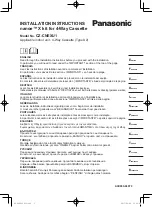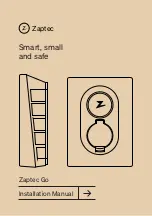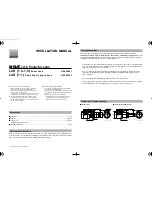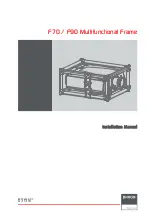
Drawing Number: 21067
Revision: A
PIEZOELECTRIC CHARGE MODE PRESSURE SENSOR GENERAL OPERATION MANUAL
3
This hermetically sealed stainless steel sensor contains
extremely rigid compression-mode quartz crystals with
an integral acceleration compensating crystal to reduce
vibration sensitivity and partially suppress internal
resonance effects.
2.6
Series 171 High Sensitivity Sensor
The Series 171 High Sensitivity Sensor is a special-
purpose high temperature charge mode pressure sensor
designed specifically to measure low-level pressures in
severe environments. The unit is most frequently used
in acoustic devices, compressors and turbines. Ideal for
sound pressure measurements, microphones and small
pressure agitations, its maximum dynamic pressure
range is 600 psi (4136 kPa). See Figure 2.3.
This sensor measures transient or repetitive phenomena
relative to the initial or average pressure level, over a
wide amplitude range and a usable frequency range near
DC to between 5 000 and 10 000 Hz; the resonant
frequency is 25 000 Hz. The Model 171 is extremely
sensitive, with a nominal pressure response of 1100
pC/psi. The operating temperature for the Series 171
ranges from 0°F to 500°F (-18°C to 260°C).
3.0
INSTALLATION
3.1
Overview
When choosing an installation method, the advantages
and disadvantages of each method must be carefully
weighed. Characteristics like location, ruggedness,
amplitude
range,
accessibility,
temperature
and
portability may be greatly affected by the installation
configuration and technique. Often, the most important
and overlooked consideration is the affect the mounting
technique has on the frequency of the pressure being
measured by the sensor.
Two basic mounting techniques are recommended for
pressure sensors: the recess mount and the flush mount.
The technique used is determined by the specifics of the
individual application. See the Installation Drawing in
this manual for additional details on the individual
sensor series.



































